
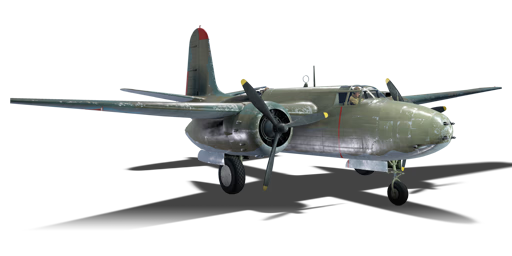


As part of the Lend-Lease programme, several variants of the American A-20 Havoc were sent to the Soviet Union to aid in their war effort against Nazi Germany. The A-20G variant in particular made up a significant portion of the deliveries. As with several Lend-Lease aircraft the Soviets received from the Western Allies, Soviet engineers modified some of these vehicles to fit them with domestic equipment, either for the sake of logistics or to potentially improve their capabilities. The Lend-Lease A-20 Havoc is in the latter case, albeit to an extreme degree. The Soviets deemed the Havoc's performance "overpowered", so instead of using its intended payload of four 250 lb bombs or eight rockets, Soviet engineers decided to push the Havoc's weightlifting capacity to its limits by adding extra bomb racks to allow the aircraft to carry more bombs of various sizes, effectively doubling its payload at the cost of worsened flight performance. Following a period of familiarisation, the A-20 Havoc was generally liked by Soviet airmen, who regarded the aircraft's ease of use and maintenance, high top speed and agility, and large payload capacity as its greatest strengths. In the end, the Soviets became the biggest operators of the Havoc, with 3,414 delivered — a number even higher than those in service with the USAAF.
Introduced in Update "Fire and Ice", the Soviet A-20G-30 is an alternative to the Lend-Lease B-25J Mitchell, featuring a more versatile payload and greater agility at the cost of survivability. The Soviet Havoc is a huge step up compared to its American counterparts in terms of payload, being able to carry much bigger bombs and a heavier overall load. This allows it to excel at ground-pounding, base bombing, or close air support. However, aside from its payload, the Soviet Havoc is identical to its American counterpart at a much lower BR, and as such it often struggles against faster and more advanced aircraft, especially while carrying heavy payloads.
flaps
flaps
flaps
brake
| Belt | Belt filling | Armor penetration (mm) at a distance: | |||||
|---|---|---|---|---|---|---|---|
| 10 m | 100 m | 500 m | 1000 m | 1500 m | 2000 m | ||
| T/Ball/Ball/I/AP-I | 28 | 26 | 18 | 11 | 7 | 4 | |
| AP-I/AP-I/AP-I/T/I | 28 | 26 | 18 | 11 | 7 | 4 | |
| T/AP/AP/AP/AP-I/I | 30 | 27 | 20 | 13 | 9 | 6 | |
| T/T/T/T/T/AP-I | 28 | 26 | 18 | 11 | 7 | 4 | |
| AP/AP-I/AP-I/I/I | 30 | 27 | 20 | 13 | 9 | 6 | |
| Belt | Belt filling | Armor penetration (mm) at a distance: | |||||
|---|---|---|---|---|---|---|---|
| 10 m | 100 m | 500 m | 1000 m | 1500 m | 2000 m | ||
| T/AP/I/AP-I | 30 | 27 | 20 | 13 | 9 | 6 | |
| AP/AP/AP/T | 30 | 27 | 20 | 13 | 9 | 6 | |
| AP-I/AP-I/AP-I/T | 28 | 26 | 18 | 11 | 7 | 4 | |
| Belt | Belt filling | Armor penetration (mm) at a distance: | |||||
|---|---|---|---|---|---|---|---|
| 10 m | 100 m | 500 m | 1000 m | 1500 m | 2000 m | ||
| T/AP/I/AP-I | 30 | 27 | 20 | 13 | 9 | 6 | |
| AP/AP/AP/T | 30 | 27 | 20 | 13 | 9 | 6 | |
| AP-I/AP-I/AP-I/T | 28 | 26 | 18 | 11 | 7 | 4 | |
| Name | Weight | Slot | ||||||
|---|---|---|---|---|---|---|---|---|
| 49.8 kg |  |  |  |  | ||||
| 103.5 kg |  |  |  |  | ||||
| 252.2 kg |  |  |  |  |  |  | ||
| 508.3 kg |  |  | ||||||
| 1,080 kg | 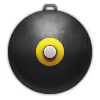 |  | ||||||
| 951 kg |  |  | ||||||
| 4 × | 199 kg |  | ||||||
| 4 × | 414 kg | 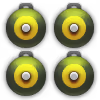 | ||||||
| 4 × | 970.4 kg | 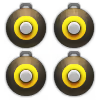 | ||||||
| 16 × | 796.2 kg |  | ||||||
| 16 × | 1,656 kg | 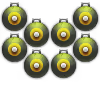 | ||||||







 2 x (85 / 170 / 350) %
2 x (85 / 170 / 350) % 
 2 x 142 %
2 x 142 % 

Flight performance | |
|---|---|
Weaponry | |||
|---|---|---|---|